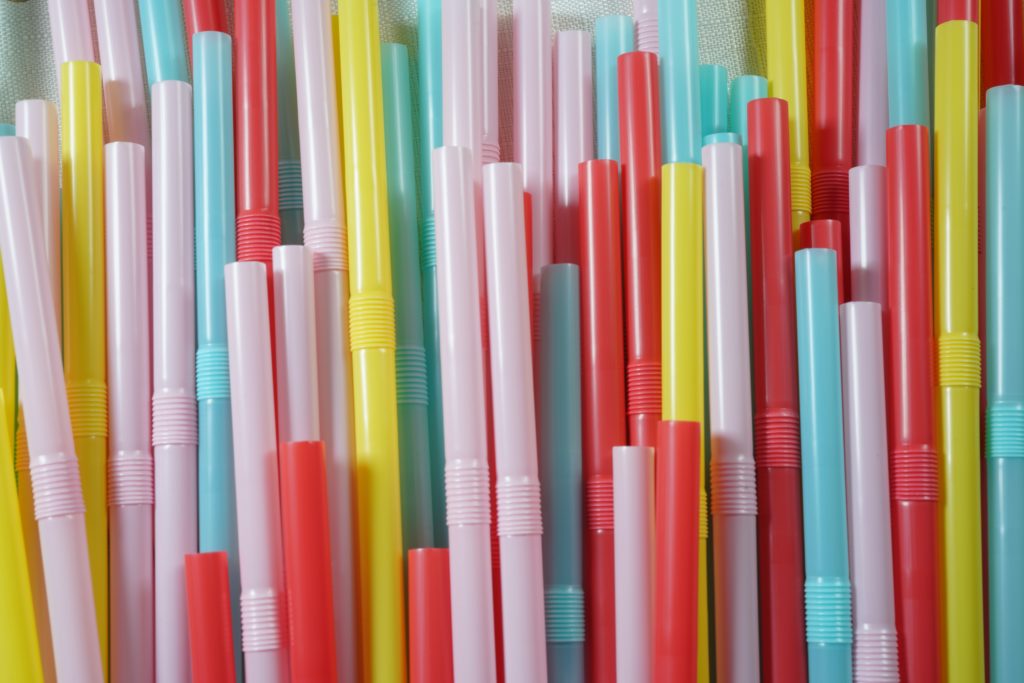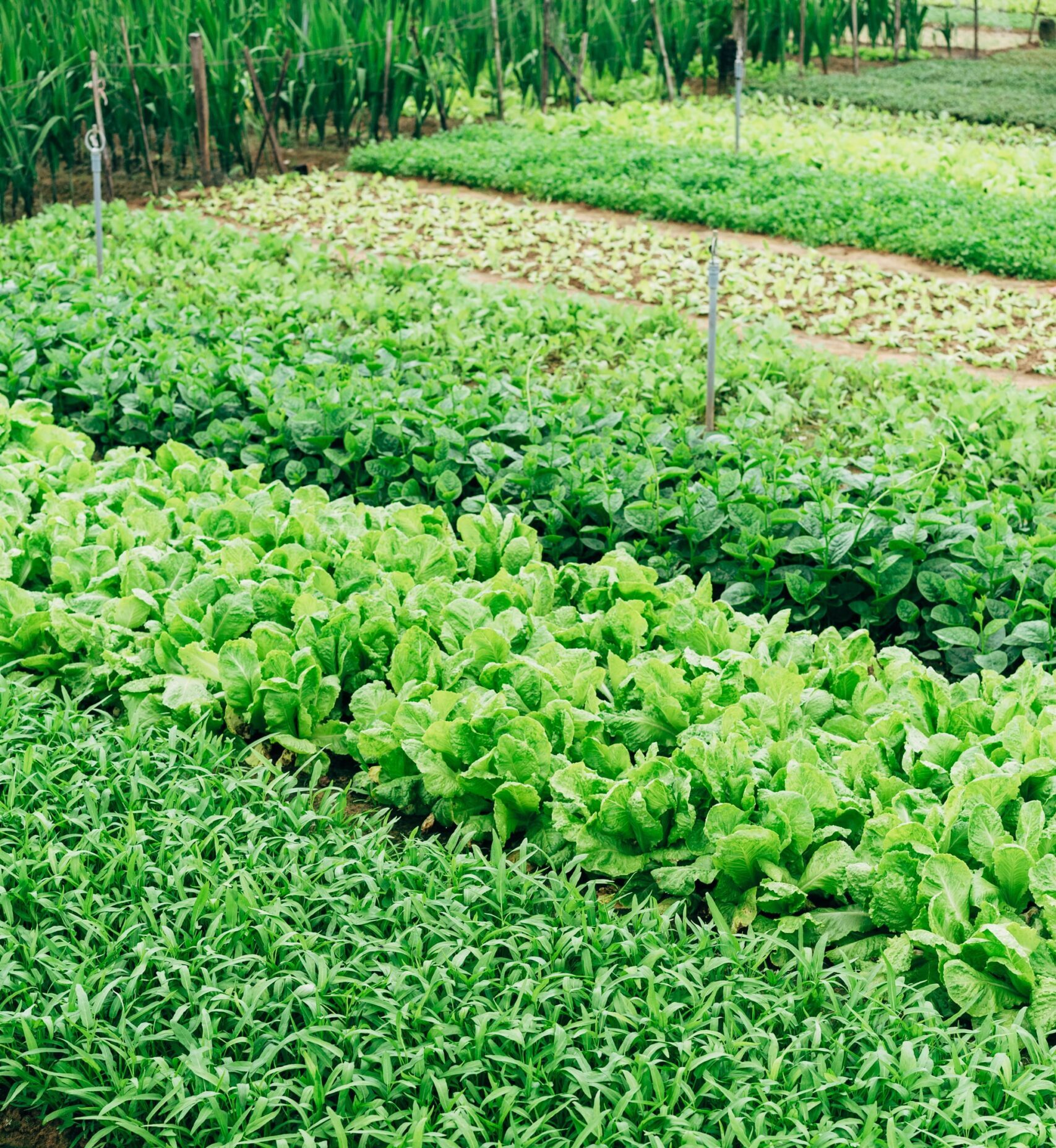Since the Second World War, plastic has been mass-produced as a cheap alternative to packaging. It’s cheaper and lighter to transport than glass and less likely to be damaged. It’s been extremely helpful in the medical industry as a great way to keep the environment sterile, reducing the likelihood of infection and cross-contamination. However, plastic quickly took over every industry. Everything is packaged in plastic now. Things that don’t need to be are covered in plastic. I recently saw a peeled banana wrapped in plastic being sold at the store.
Only 9 percent of all of the plastic ever made has been recycled. Depending on the type of plastic, it can take anywhere from decades to centuries to degrade, and even then, we’re left with microplastics that seep into our soil which can contaminate our produce and water systems which are then consumed by animals and us. Scientists estimate we will have eaten about 44 pounds of plastic in our lifetimes at this rate. Although we’re not done collecting data on what this does to our bodies, what we’ve seen so far hasn’t been good.
Plastic is clearly a problem, but we haven’t taken any legislative action to mitigate its effect on our society, until now. On March 2nd, at the UN Environment Assembly, over 170 countries pledged to develop a legally binding treaty aimed to fight plastic pollution by 2024. This treat will also protect marine ecosystems. The approach will look at the entire lifecycle of plastic for production to waste management. Representatives aim to create legislation that will reanalyze each step and add sustainable safeguards to protect the planet, the people, and the animals.
According to Our World in Data, we went from globally producing 2 million tons of plastic every year to over 381 million tons in the last seven decades. And the United States is one of the biggest contributors to this mountain of plastic. According to a study done by the National Academy of Science, each U.S. citizen uses 287 pounds of plastic every single year. There’s no doubt that we must reduce our plastic consumption and reevaluate how the material is sourced and manufactured.
Each country that signed the treaty, including the U.S., will have to develop individual plans on how to prevent plastic pollution by 2024. I am interested in seeing what each country brings to the table over the coming years. I’m ecstatic that the supply chain is being looked at because it is not enough to rely on recycling anymore. We’ve seen that in day-to-day product packaging, plastic is not necessary. We need to do better, and we need to look at the big picture.
For years we’ve been expecting the individual to make the difference and go zero-waste. Although this is an admirable feat, it’s not sustainable for the average person. Not everyone has the resources available to them to completely avoid plastic. Governing bodies need to keep businesses accountable and get them to reduce the reliance on plastic in their packaging so that the average individual has affordable options readily available to them to make these better choices. What are alternatives to plastic packaging that you’re hoping to see in the future?
Get more like this—Sign up for our daily inspirational newsletter for exclusive content!
____
Photo: FLY:D on Unsplash





